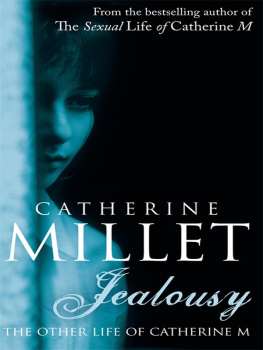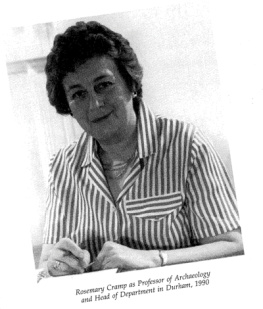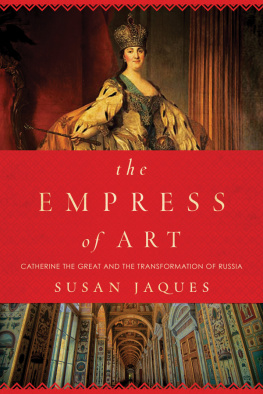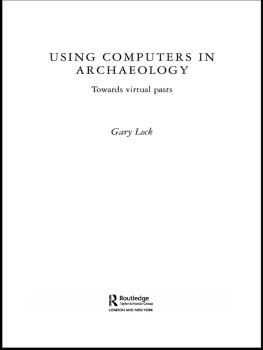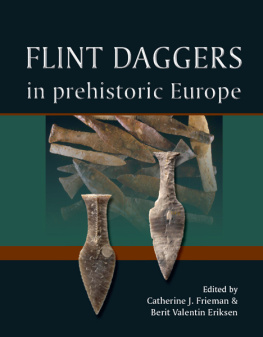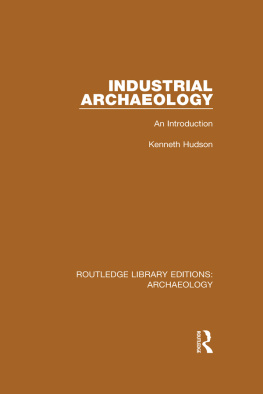An archaeology of innovation
Social Archaeology and Material Worlds
Founding editors
Joshua Pollard and Duncan Sayer
Series editors
Chantal Conneller, Laura McAtackney, and Joshua Pollard
Social Archaeology and Material Worlds aims to forefront dynamic and cutting-edge social approaches to archaeology. It brings together volumes about past people, social and material relations, and landscape as explored through an archaeological lens. Topics covered may include memory, performance, identity, gender, life course, communities, materiality, landscape, and archaeological politics and ethnography. The temporal scope runs from prehistory to the recent past, while the series geographical scope is global. Books in this series bring innovative, interpretive approaches to important social questions within archaeology. Interdisciplinary methods which use up-to-date science, history, or both, in combination with good theoretical insight, are encouraged. The series aims to publish research monographs and well-focused edited volumes that explore dynamic and complex questions, the why, how, and who of archaeological research.
Previously published
Images in the making: Art, process, archaeology
Ing-Marie Back Danielsson and Andrew Meirion Jones (eds)
Neolithic cave burials: Agency, structure and environment
Rick Peterson
The Irish tower house: Society, economy and environment, c. 13001650
Victoria L. McAlister
An archaeology of lunacy: Managing madness in early nineteenth-century asylums
Katherine Fennelly
Communities and knowledge production in archaeology
Julia Roberts, Kathleen Sheppard, Jonathan Trigg, and Ulf Hansson (eds)
Early Anglo-Saxon cemeteries: Kinship, community and mortuary space
Duncan Sayer
An archaeology of innovation
Approaching social and technological change in human society
Catherine J. Frieman
Manchester University Press
Copyright Catherine J. Frieman 2021
The right of Catherine J. Frieman to be identified as the author of this work has been asserted by her in accordance with the Copyright, Designs, and Patents Act 1988.
Published by Manchester University Press
Altrincham Street, Manchester M1 7JA
www.manchesteruniversitypress.co.uk
British Library Cataloguing-in-Publication Data
A catalogue record for this book is available from the British Library
ISBN 978 1 5261 3264 2 hardback
First published 2021
The publisher has no responsibility for the persistence or accuracy of URLs for any external or third-party internet websites referred to in this book, and does not guarantee that any content on such websites is, or will remain, accurate or appropriate.
Cover image: A knapped bottle glass Kimberley Point from Bunuba Country (courtesy T. Maloney)
Typeset
by Newgen Publishing UK
Contents
I wrote most of this book on unceded Ngunnawal and Ngambri land beautiful Country where I have been privileged to live for the last nine years. I acknowledge the Traditional Owners of this land and pay my respects to their elders, past and present.
This book, like many books, had many sources of support and even more midwives. The majority of the manuscript was written as part of my Australian Research Council-funded DECRA project Conservatism as a dynamic response to social and technological change (DE170100464). was first written (but never used) during my time as a post-doctoral research fellow at the Research Laboratory for Archaeology and the History of Art, University of Oxford, where I worked with Peter Bray and Mark Pollard to develop the idea of archaeo-prosopography as part of a project supported by the John Fell Fund and the Prehistoric Society.
I am grateful to many other people as well. I started thinking about re-framing innovation studies with archaeological literature while talking about my then in-progress doctoral research with Peter Bray and Duncan Garrow, both at Oxford at that time. Pete also provided me (albeit unknowingly) with the bad anthropologists line in the introduction. Further ideas were developed in conversation with my archaeology colleagues Florian Klimscha, Shinya Shoda, and Ben Roberts. A number of people read part or all of the text as it developed. Special thanks for this are due to my colleague and friend Phil Piper, who read the whole manuscript, and parts of it more than once. Guillaume Molle not only offered valuable critique on the manuscript, but also kindly provided two beautiful drawings for the book. Others who deserve my gratitude for their critical feedback and wise suggestions on elements of the text include Jenny Davis (who also generously provided me with then-unpublished chapters of her own monograph at a critical juncture), Francesca Merlin, Robin Skeates, Shinya Shoda, Tim Denham, Matthew Spriggs, Mathieu LeClerc, Jayne Wilkins (whom I thank in particular for nudging me to consider the innovativeness of Middle Stone Age African hominin populations), Miljana Radivojevi (who generously provided me with chapters of her unpublished Ph.D. to consult), and Frances Morphy (who offered valuable critical feedback on the original grant application some of the text of which is scattered within this manuscript).
Special thanks to Sally K. May for allowing me to adapt material from our ongoing collaborative work exploring the social aspects of Aboriginal Australian rock art and to use it as the case study in . Thanks to Ronald Lamilami for permission to study the rock art from Djulirri.
A number of people allowed me to use their photographs and figures. Thanks to Tim Maloney for his beautiful photograph of a clear-glass Kimberley point that graces the cover of this book. Thanks to Stuart Bedford for his photograph of Lapita pottery. Thanks to Lindsey Ems for her photograph of an Amish mobile phone. Thanks to the European Association of Archaeology for permission to reproduce ). Thanks to James Flexner for allowing me to use his lovely basemap to make my own map of the Lapita world.
Other contributions were less tangible, but just as important. Conversations with Carly Schuster, Simone Dennis, Mercedes Okumura, Matt Walsh, and Robin Torrence challenged me to think deeper and work harder to support my positions. Matt, in particular, made me think more deeply about evolutionary approaches and sent me considerable amounts of edifying reading material. Tim Maloney gave me a number of valuable references for research into Pleistocene Australia. Two archaeologists Ive never met, Patricia Crown and Barbara Mills, both very kindly shared with me PDFs of their hard-to-find-in-Australia research. James Flexner, Matt Pope, Martin Porr, Miljana Radivojevic, Ben Roberts, and Ben Marwick all helped me acquire hard to find articles and book chapters. Huge thanks to #ArchaeologyTwitter and #AcademicTwitter for helping source the really obscure stuff the number of people Ive never met who were willing to take time and track down an article, photograph an old magazine, or otherwise find me a reference was simply astounding. They also regularly laugh at my jokes, so thats pretty helpful too.
Thanks are also due to Meredith Carroll and the Manchester University Press team for their support (and gentle nudges as deadlines approached/passed). The proposal and manuscript peer reviews were among the most useful, insightful, and collegial I have ever received; and I am grateful to Manchester University Press for arranging such a stellar process and to the reviewers for their time and attention. Nigel Jonas helped produce the index.




